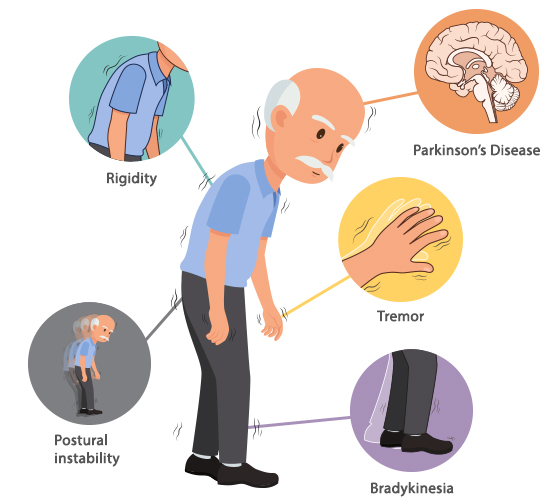As a common neurodegenerative disease, Parkinson's disease is undergoing revolutionary changes in symptom management and treatment options. Modern medicine not only provides more accurate diagnostic tools, but also develops special treatment plans for different stages of the disease.

🔍 Identification of core symptoms
Typical manifestations of Parkinson's disease include:
Stationary tremor (""pill-rolling"" movements of the hands)
Bradykinesia (stiff gait, reduced facial expression)
Postural balance disorders (easy to fall)
Non-motor symptoms (loss of smell, constipation, sleep disorders)
Early recognition of these signals is crucial for timely intervention. It is recommended to see a neurologist as soon as possible after the symptoms appear.
💊 Modern drug treatment system
Currently, the clinical mainly adopts graded treatment schemes:
Early stage:
Dopamine receptor agonists (pramipexole)
MAO-B inhibitors (rasagiline)
Middle and late stages:
Levodopa compound preparations (madopar)
COMT inhibitors (entacapone)
Sustained-release levodopa preparations newly added to the clinic in 2023 can significantly improve the ""end-of-dose phenomenon"".
🧬 New trend of personalized treatment
Customized schemes based on patient characteristics include:
Gene testing guides medication (such as GBA gene mutation patients need to adjust the scheme)
Wearable device monitoring real-time adjustment of drug dosage
Non-drug combination therapy (transcranial magnetic stimulation combined with drugs)
⏳ Disease-modifying treatment breakthroughs
Current research hotspots focus on:
α-synuclein targeted therapy
Neuroprotective drugs (such as inosine)
Stem cell transplantation technology (clinical trial stage)
📌 Important reminder: The treatment plan must strictly follow the guidance of the neurologist, and regular follow-up visits to evaluate the efficacy




